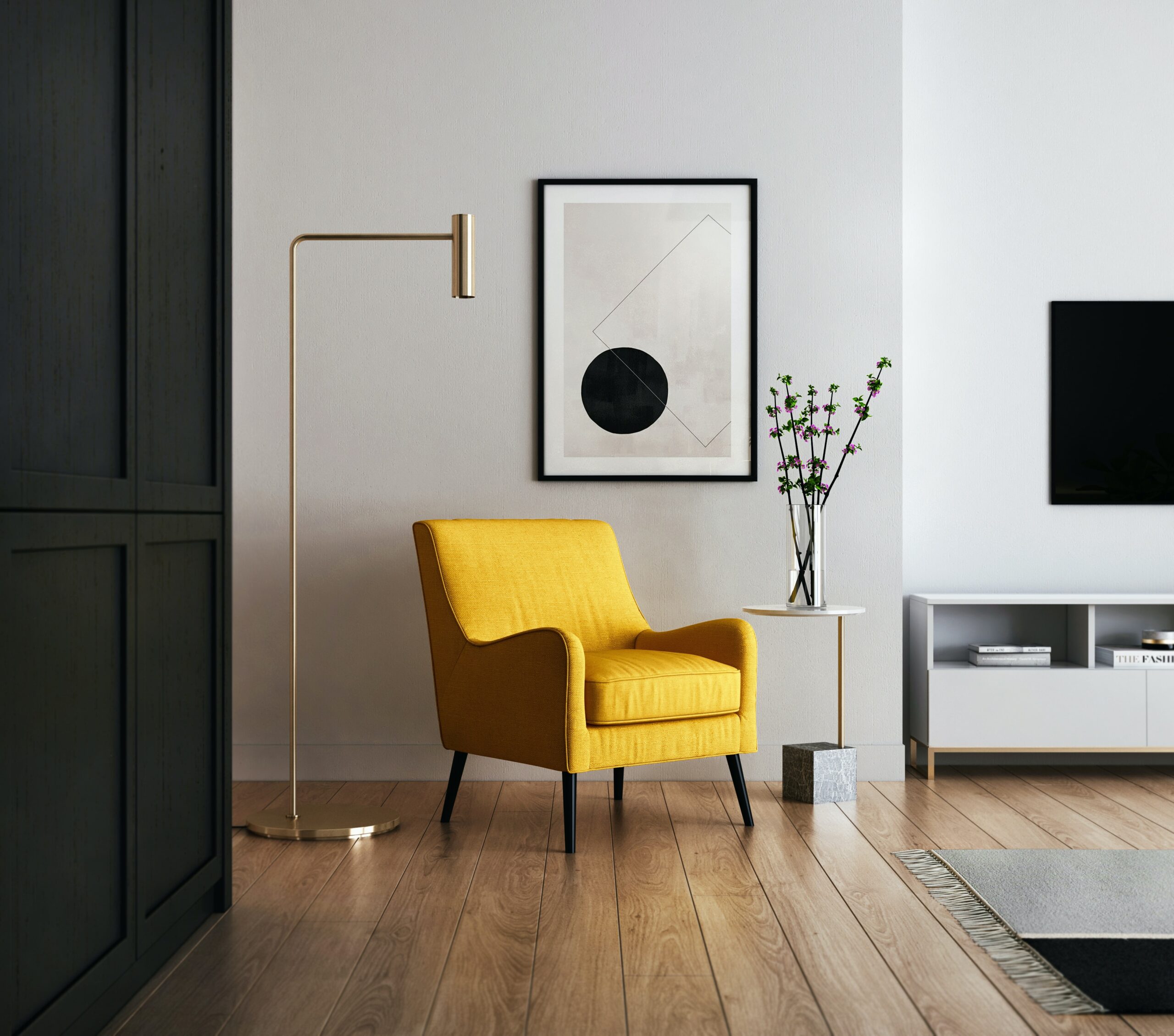[vc_row][vc_column][vc_column_text]
Intro: Embarking on an interior design journey is an exciting prospect, but one question often looms large: What is the minimum budget required to engage the services of an interior designer? The answer is nuanced, influenced by factors ranging from project scope and location to individual preferences. Let’s delve into the considerations that shape the minimum budget for interior design and explore how this investment can transform your living spaces.
- Scope of the Project: The first factor influencing the minimum budget is the scope of the project. A comprehensive home redesign will naturally require a higher budget compared to a smaller-scale project, such as refreshing a single room or updating furnishings.
- Project Complexity: The complexity of the project also plays a pivotal role. If structural changes or extensive renovations are part of the plan, the budget will need to account for construction costs, permits, and the expertise required to navigate these intricacies.
- Geographical Location: Location matters in the world of interior design. Costs can vary significantly based on regional factors, with designers in urban centers often commanding higher fees. Local labor and material costs, as well as the prevailing design market, contribute to the budget considerations.
- Designer’s Experience and Reputation: The experience and reputation of the chosen interior designer influence the budget. Seasoned and highly regarded designers typically charge higher fees, reflecting their expertise and the perceived value of their services.
- Client’s Involvement: The level of client involvement also impacts the budget. Clients who actively participate in the design process, contributing ideas and sourcing certain items independently, may find that their overall expenses are more manageable.
- Furniture and Decor Selection: The cost of furniture and decor is a significant component of the budget. High-end, custom, or designer pieces will contribute to a larger budget, while more budget-friendly options are available for those seeking cost-effective alternatives.
- Materials and Finishes: The choice of materials and finishes greatly influences the budget. Luxury materials, such as marble or hardwood, come with a higher price tag, whereas cost-effective alternatives can achieve a similar aesthetic without compromising on quality.
- Design Style and Aesthetics: Different design styles come with varying budget implications. While a minimalist or Scandinavian design may lean towards simplicity and cost-effectiveness, more elaborate and intricate styles might require a higher budget to achieve the desired look.
- Timeline and Project Duration: The timeframe for completing the project is a crucial consideration. Rushed timelines or tight deadlines may require more resources, potentially increasing the budget to expedite processes and meet project milestones.
- Hidden Costs and Contingencies: Hidden costs and unforeseen contingencies are inherent in any project. It’s advisable to allocate a portion of the budget for unexpected expenses, ensuring that the project can navigate unforeseen challenges without compromising on quality.
- DIY vs. Professional Services: Clients opting for a do-it-yourself (DIY) approach may have a lower budget, as they take on more tasks independently. However, the trade-off is often in the level of expertise, coordination, and polished outcome that professional interior designers bring to the table.
- Budget-Friendly Design Alternatives: Designers can work within a range of budget constraints, offering creative solutions that align with the client’s financial parameters. Budget-friendly alternatives exist for materials, furnishings, and decor, allowing for a tailored approach that balances style and cost-effectiveness.
- Room Size and Complexity: The size and complexity of the rooms involved in the project contribute to budget considerations. Larger spaces or those with unique architectural features may require more design input and resources to achieve a cohesive and harmonious result.
- Prioritization of Design Elements: Clients can work with designers to prioritize design elements based on their preferences. By identifying key focal points or areas of emphasis, it’s possible to allocate budget resources strategically, ensuring that the most important aspects receive the desired attention.
- Comparative Quotes and Estimates: Obtaining quotes and estimates from multiple designers allows clients to make informed decisions. Comparing the costs, services, and proposed designs enables individuals to select a designer whose approach aligns with their vision and budgetary considerations.
- Communication and Transparency: Clear communication and transparency regarding budget constraints are crucial. Establishing an open dialogue with the designer helps set realistic expectations and allows for adjustments to the design plan as needed to stay within the allocated budget.
- Financing and Payment Plans: Some interior designers offer financing options or flexible payment plans, making it easier for clients to manage the financial aspects of their projects. Discussing payment structures upfront can contribute to a smoother collaboration.
- Post-Completion Maintenance: Considering the post-completion maintenance and upkeep is essential. Some design choices may require ongoing care, and factoring this into the budget ensures that the long-term sustainability and aesthetics of the designed space are maintained.
Conclusion: Determining the minimum budget for interior design is a nuanced process that involves careful consideration of various factors. While there is no one-size-fits-all answer, the key lies in understanding the unique aspects of your project, communicating openly with your chosen designer, and prioritizing elements that align with your vision and financial parameters. By approaching the budgeting process thoughtfully, you can embark on an interior design journey that transforms your spaces without breaking the bank.
[/vc_column_text][vc_empty_space][vc_gallery type=”image_grid” images=”10876,10873,10869,10866,10863,10860,10854,10851,10825,10822,10813,10780,10703,10696,10694,10714,10712,10630,10626,10606,10609″ img_size=”300×300″][vc_empty_space][vc_column_text]Useful links | Interior Design | Interior Design company in Delhi NCR | Interior Design Cost in Gurgaon | Low budget interior designer in Gurgaon | Interior Design Firm | Interior Designer Ideas | Interior Designer in Noida Extension | Interior A to Z | Interior Designer in Gurgaon[/vc_column_text][vc_empty_space][vc_empty_space][vc_pinterest][vc_empty_space][vc_empty_space][vc_tweetmeme][vc_empty_space][/vc_column][/vc_row]
